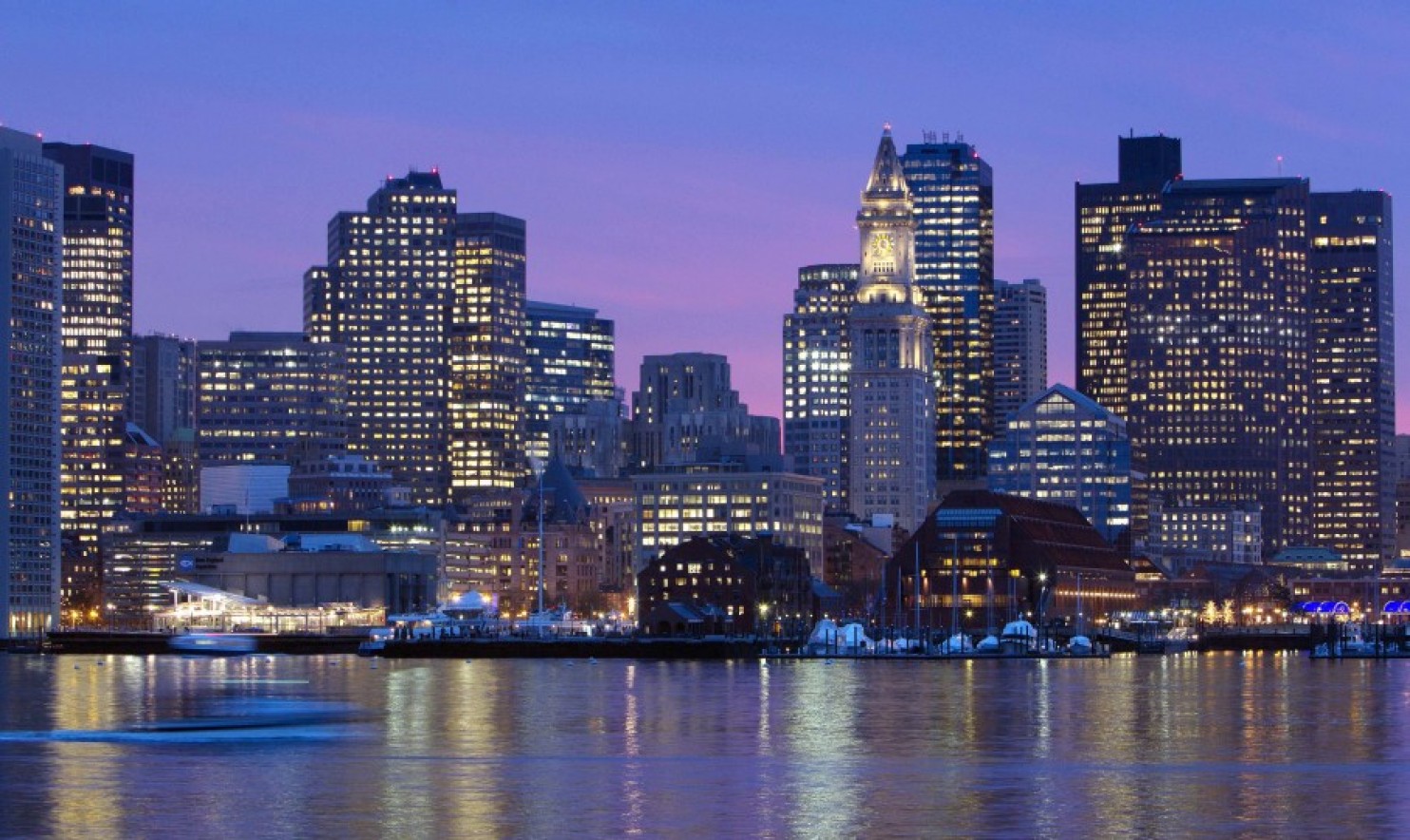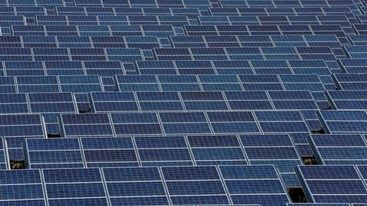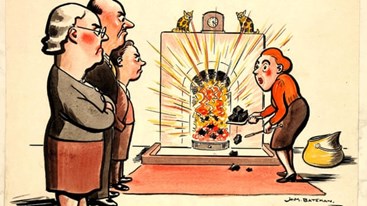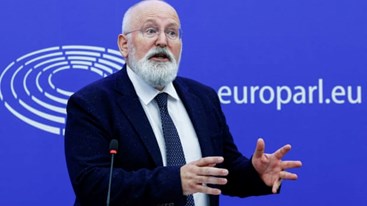Thursday, 02/05/2024 | 04:25 GMT+7
“All aspects of city life, from the buildings people work and live in to the ways they travel to the services they enjoy, can be improved by increasing energy efficiency,” said David Ribeiro, lead author of the report, during a Wednesday press conference. Being energy efficient means using less energy to provide the same service, such as heating and lighting a building or getting from one place to another. And it comes with many advantages. Using less energy can save communities money and help conserve resources such as oil and natural gas. And cutting energy use is critical in the fight against global climate change.
“Many cities see energy efficiency as central to their expanding initiatives to improve the sustainability and resilience of their communities,” the ACEEE report’s authors write. “These efforts aim to improve economic, social, and environmental well-being while developing the city’s and residents’ capacity to respond to change.”
The scorecard rates cities based on five criteria related to their energy efficiency: local government operations, community-wide initiatives, buildings policies, energy and water utility policies and transportation policies. Each category is worth a certain number of points, adding up to a total of 100.
It was a close competition, with each of the top five cities scoring within a 10-point range. Boston took first place with a total of 82 and was the only city to get more than 80 percent of the possible points. How did the city manage to do so well?
The scorecard’s authors attribute Boston’s success to a number of strong city-wide energy policies and local initiatives, which helped it score well broadly across the board. But the city really took the cake as a top scorer in the buildings policies category and the energy and water utility policies category, which assesses energy efficiency targets, spending on electric and natural gas efficiency and water efficiency efforts.

Boston’s Building Energy Reporting and Disclosure Ordinance requires large and medium-sized buildings to report their energy and water use, as well as complete an energy assessment every five years. And, the report states, buildings are required to improve their efficiency if they’re not ENERGY STAR certified or showing improvements. And the city’s Renew Boston initiative earned it points in the utility policies category. Introduced in 2009, the program aims to reduce electricity demand by 200 megawatts by 2017. Efforts to meet this goal included the launch of Renew Boston Solar, a program that encourages the widespread adoption of solar technology throughout the city. And Renew Boston also targets homeowners and small business owners by offering free energy assessments and providing incentives to adopt efficiency improvements, such as insulation.
Boston also has a climate action plan, which aims to cut greenhouse gas emissions by 80 percent by 2050. Part of this plan involves reducing vehicles miles traveled (VMT) by 7.5 percent by 2020. Hubway, the city’s bike-sharing system, is one way the city government is tackling that goal, helping the city earn a relatively high score for transportation policy.
And Boston was also among the top scorers in the community initiatives category, thanks to its Greenovate Boston campaign. This program aims to help the city meet its emissions reduction goals by engaging citizens in the city’s climate and sustainability initiatives. Engagement opportunities include community summits, personal carbon challenges, bike weeks and guidelines to help citizens improve energy efficiency in their own homes. “Community outreach is really the key element,” said Austin Blackmon, Boston’s chief of environment, energy and open space, during the Wednesday press conference. “One thing that we’re really focusing on is making sure that when we are communicating with our residents and businesses, we’re making sure we’re reaching out to those people who haven’t heard the message already.”
Thanks to these broad-scale initiatives, Boston was able to lead the pack with 82 points. But the other cities in the top five weren’t too far behind. Here’s a quick look at how they stacked up.
New York City (78 points)
New York was the leading city for community initiatives, thanks to its “planning for future distributed energy systems, urban heat island mitigation strategies, and progress toward achieving its community-wide greenhouse gas emissions reduction goal,” the report states. Some of these initiatives are PlaNYC, which includes a number of sustainability and resiliency goals; MillionTreesNYC, a tree-planting initiative; and CoolRoofs, which applies reflective rooftops to buildings and reduce carbon emissions and energy output related to cooling.

New York is also among the top cities for buildings policy. The city’s Greener, Greater Buildings Plan includes requirements for building owners to measure their energy and water consumption and meet certain energy codes.
Washington, D.C. (76.5 points)
Washington jumped into third place this year with a 20.5-point increase from its 2013 score, making it the most-improved city from the previous scorecard. It’s a leading city for transportation policy, with a handful of initiatives, including car-sharing and bike-sharing programs, to increase commuters’ participation in public transit, biking and walking.
It’s also among the leading cities for buildings policy. In addition to stringent energy codes, the District also adopted a green construction code last year, which requires new building projects to adhere to certain green building standards. And, the report adds, the city is on its way to surpassing its climate action goals, which aim to reduce greenhouse gas emissions from local government operations by 30 percent and from the District as a whole by 20 percent, all by 2020.
San Francisco (75.5 points)
San Francisco fell from third to fourth place in this year’s scorecard, but still kept a high score overall. The city maintains both energy and water conservation ordinances, requiring property owners to install devices such as low-flow shower heads and efficient faucets and toilets and to insulate attics and water heaters. In addition, San Francisco Energy Watch is a program that helps property owners obtain energy-efficient equipment and offers financial incentives in some cases. And, like the other top five cities, San Francisco has a climate action plan that outlines emissions reduction goals for the future. The report also points out that San Francisco is rising in the ranks when it comes to buildings policy by improving its energy code and its enforcement policies.
Seattle (75 points)
Seattle also experienced a sizable jump from 2013’s scorecard, adding nearly 10 points to its previous score. It’s also among the leading cities for buildings policy, with a stringent energy code and enforcement policy. New building plans must be reviewed by city staff members, rather than the team’s architects and engineers, and compliance with the city’s codes must be tested by a third-party firm.

Seattle also scored well under transportation, earning high marks for its mode-shift transportation. And the city has made some notable achievements in energy reduction over the past few decades. The report notes that between 1990 and 2010, Seattle cut its per capita local government energy use by an annual average of 1 percent, and between 2005 and 2012 the city reduced its overall per capita energy consumption by 1.3 percent annually.
Despite a strong front from the nation’s top cities, the report’s authors caution that even the leading five have room for improvement. Boston was the only city to break 80 points, and only the top 13 cities exceeded 50. The report includes a list of recommended strategies for improvement, such as improving efficiency in local government operations, adopting energy savings targets, improving efficiency in new and existing buildings and being more active about tracking energy performance in the city. “Each city will need to develop or refine its own plan for advancing efficiency based on its own needs and priorities,” the authors write.
The role of cities in the clean energy movement is an increasing preoccupation among researchers and activists alike. More than half of the world’s population currently lives in urban areas, and this percentage could grow to two thirds by mid-century. Additionally, the report states, 80 percent of U.S. energy consumption occurs in cities.
With so many people migrating to the world’s urban centers, cities have a growing opportunity to make a global impact by reducing their energy output and carbon emissions. “Cities’ large share of energy consumption and greenhouse gas emissions mean that energy efficiency in urban areas and by local governments are critical in addressing the nation’s and the world’s energy and environmental challenges,” the authors write.
Mai Linh








.jpg?w=367&h=206&mode=crop) Energy efficiency and conservation usage is an important aspect of the national energy development strategy
05/03/2024
Energy efficiency and conservation usage is an important aspect of the national energy development strategy
05/03/2024
 Challenges and Opportunities to promote energy efficiency market in Vietnam
Challenges and Opportunities to promote energy efficiency market in Vietnam
 The Ministry of Industry and Trade requests government agencies to coordinate in organizing Earth Hour 2024
The Ministry of Industry and Trade requests government agencies to coordinate in organizing Earth Hour 2024
 Consultation on Energy Efficiency Boiler Catalogue and Wood Drying Guideline
Consultation on Energy Efficiency Boiler Catalogue and Wood Drying Guideline
 Son Ha Co., Ltd, applies energy efficiency and conservation measures
Son Ha Co., Ltd, applies energy efficiency and conservation measures
.png?w=367&h=206&mode=crop) Request for expression of interest - C2.1.13: Capacity Building on energy efficiency policies development
Request for expression of interest - C2.1.13: Capacity Building on energy efficiency policies development
 Phuc Kien Co., Ltd., is effectively implementing energy-saving measures
Phuc Kien Co., Ltd., is effectively implementing energy-saving measures
 Request for expression of interest - C2.1.12: Independent monitoring of safeguards implementation
Request for expression of interest - C2.1.12: Independent monitoring of safeguards implementation